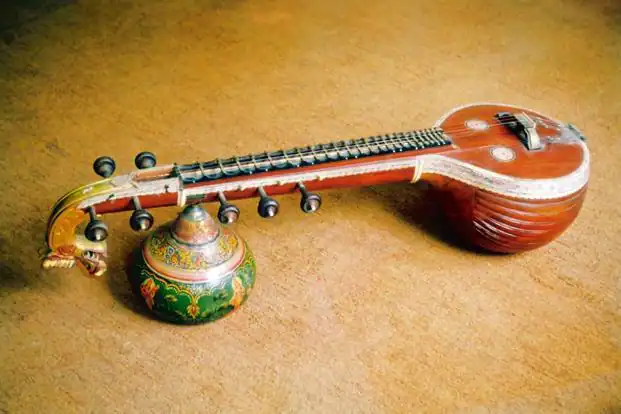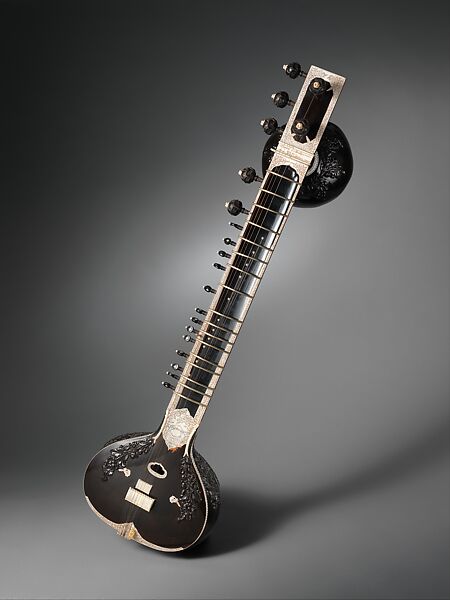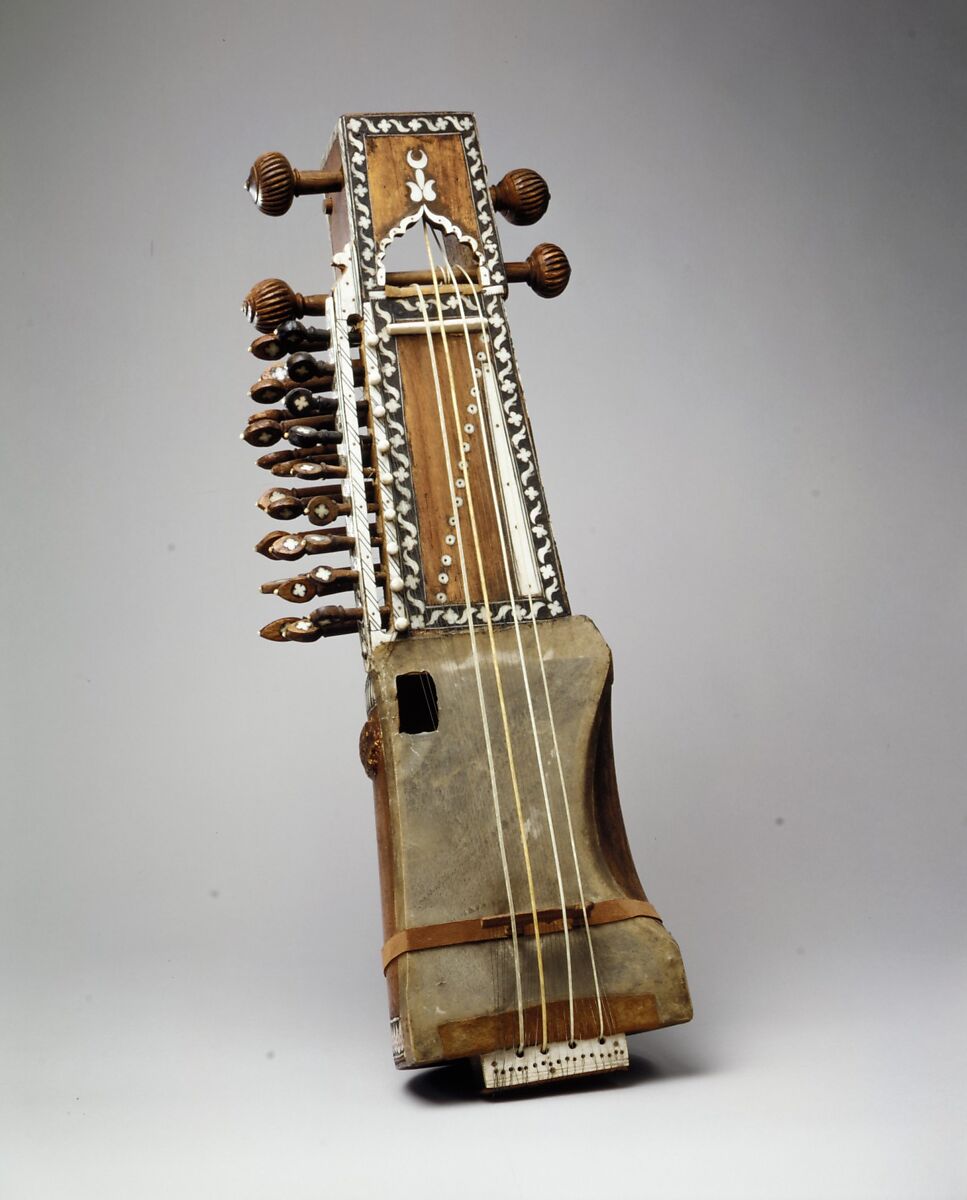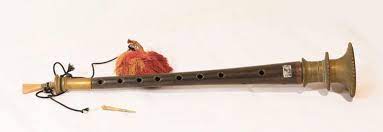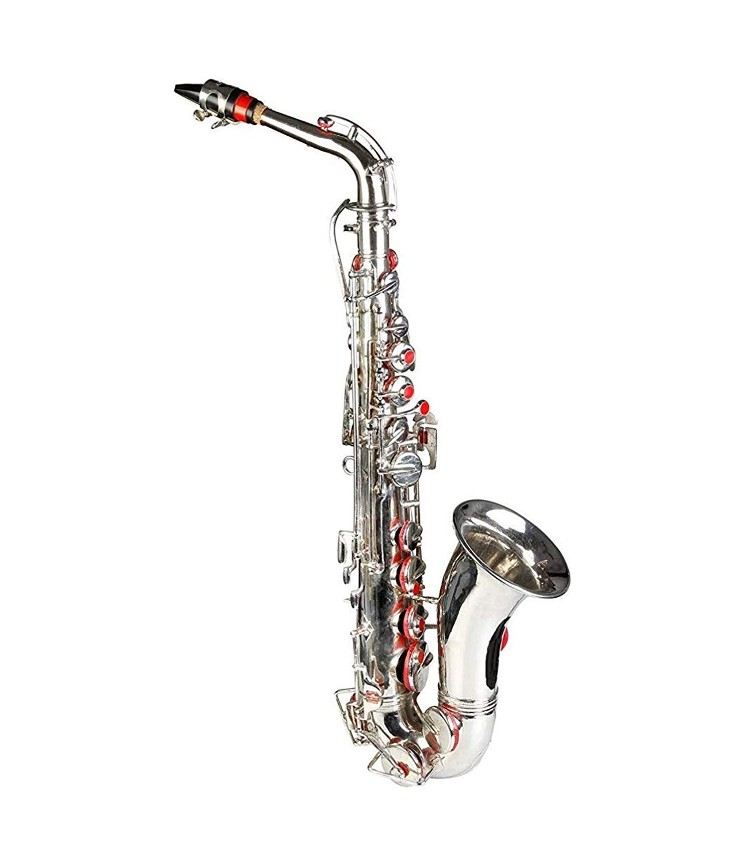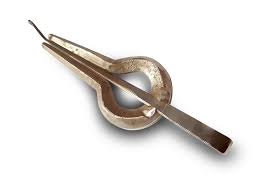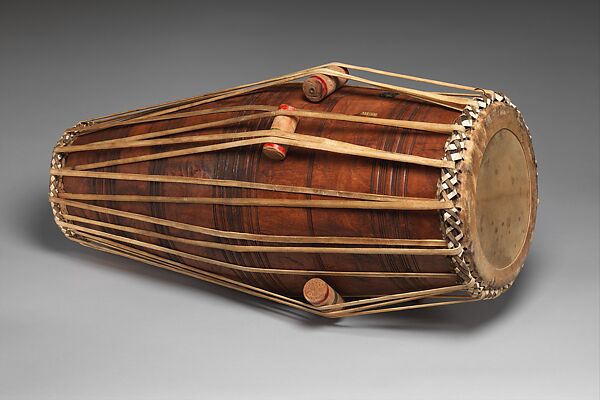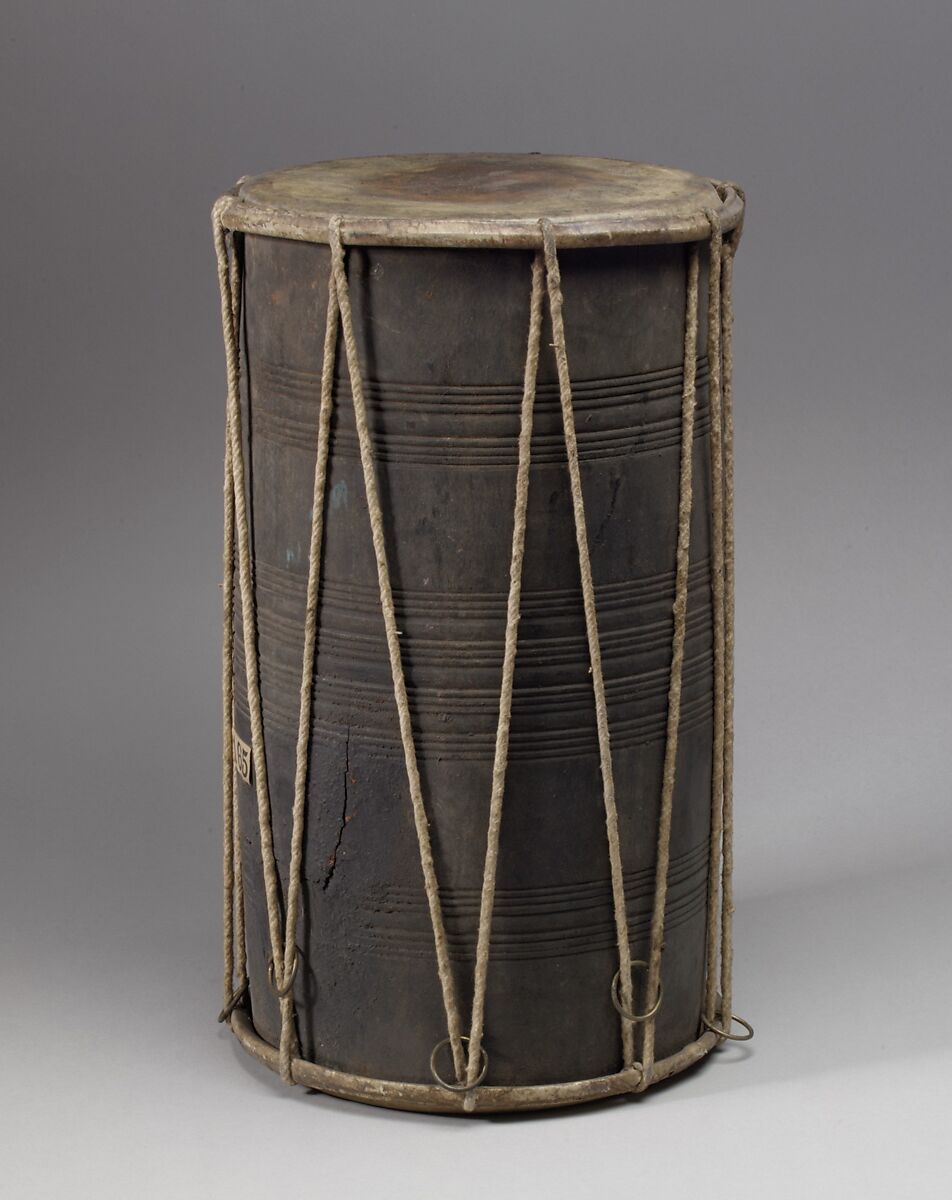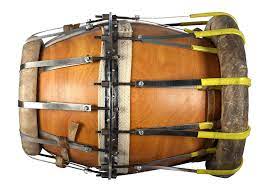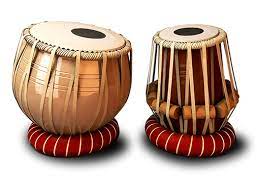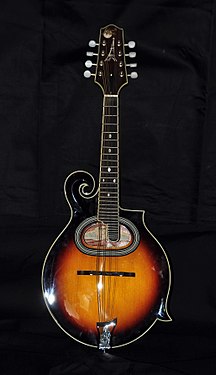
The mandolin is a small plucked string instrument that evolved from the lute family in Italy in the 17th and 18th centuries and its popularity quickly spread throughout the European continent.
It most commonly has four courses of doubled metal strings tuned in unison, thus giving a total of 8 strings, although five (10 strings) and six (12 strings) course versions also exist.
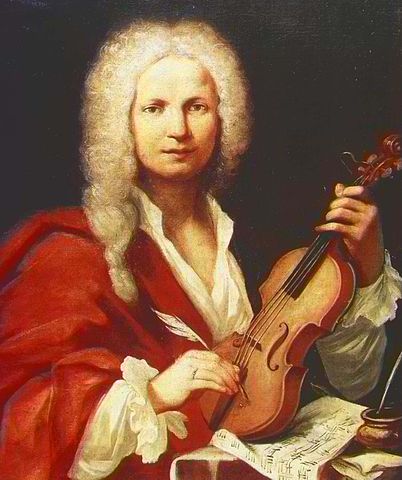
Vivaldi created some concertos for mandolinos and orchestra: one for 4-chord mandolino, string bass & continuo in C major, (RV 425), and one for two 5-chord mandolinos, bass strings & continuo in G major, (RV 532), and concerto for two mandolins, 2 violons "in Tromba"—2 flûtes à bec, 2 salmoe, 2 théorbes, violoncelle, cordes et basse continuein in C major (p. 16).
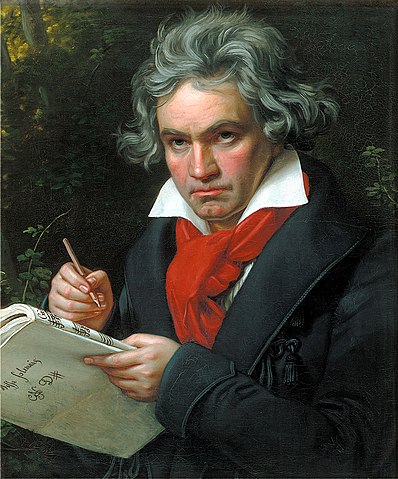
Beethoven composed mandolin music and enjoyed playing the mandolin.] His 4 small pieces date from 1796: Sonatine WoO 43a; Adagio ma non troppo WoO 43b; Sonatine WoO 44a and Andante con Variazioni WoO 44b.

Mozart’s opera Don Giovanni (1787) includes mandolin parts, including the accompaniment to the famous aria Deh vieni alla finestra,

Gustav Mahler (1860 - 1911), an Austro-Bohemian composer and a leading conductor of his generation, used the mandolin in his Symphony No. 7, Symphony No. 8 and Das Lied von der Erde.
Some 20th century composers such as Schoenberg (Variations Op. 31), Stravinsky (Agon), Prokofiev (Romeo and Juliet) and Webern (opus Parts 10) included parts for Mandolin in their works.

Travelling mandolin virtuosi like Carlo Curti, Giuseppe Pettine, Raffaele Calace and Silvio Ranieri contributed to the mandolin in the early 20th century.
Then the mandolin found a new niche in American country, old-time music, bluegrass and folk music. More recently, the Baroque and Classical mandolin repertory and styles have benefited from the raised awareness of and interest in Early music
Today, there are popular Western classical Mandolin players such as Israeli Avi Avital, Italian Carlo Aonzo, and American Joseph Brent.

In India, mandolin was featured regularly in film music. Sajjad Hussain (15 June 1917 – 21 July 1995) was an Indian film score composer and also an accomplished mandolinist, playing the mandolin as a "Top Grade" player for the Indian film industry in Mumbai for more than five decades, reputed to have played more than 22,000 songs, including title-songs and background music. Besides the music for movies, he was known to play Indian classical music (Hindustani), as well as Arabic music and Sufi music.
A nearly 15-minute mandolin composition by Sajjad was used in the Telugu movie Muthyala Muggu (1975). In addition, he was the Music Director for Sinhala film "Daiwa yogaya" which was a box office hit in Sri Lanka in 1959, which was partly credited to its songs.
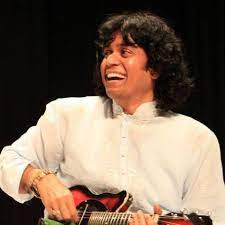
As far as Carnatic Classical music is concerned, the musician Shri U. Shrinivas, a child-prodigy-turned-maestro pioneered playing Carnatic music on Mandolin from the early 1980s and is the greatest mandolin player in the Carnatic tradition. Lauded around the world for his virtuosity, speed, creativity and spontaneity, he could play any genre of world music effortlessly just after listening to the piece twice.
